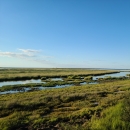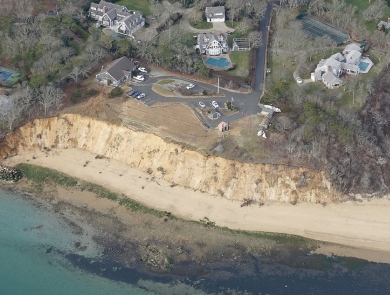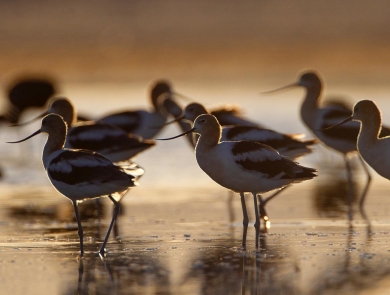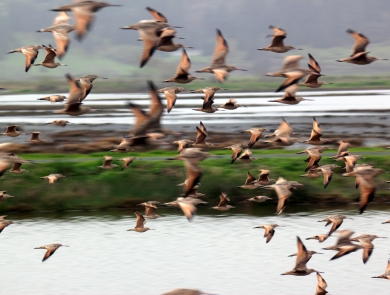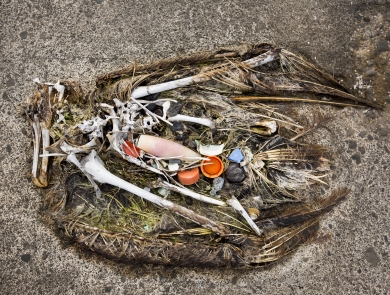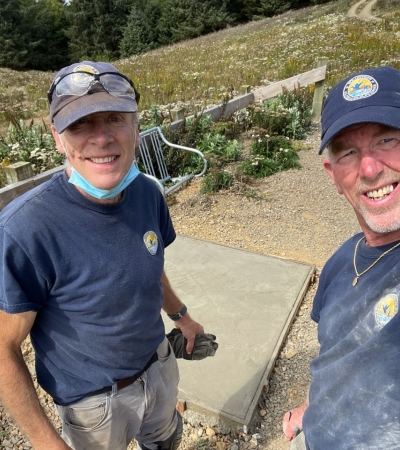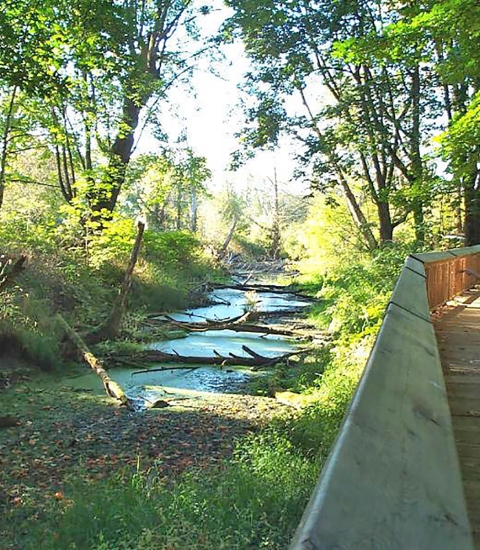Facility
Location
1 Wildlife Circle
Austwell, TX 77950
United States
Volunteer Position Overview
About This Position
Summer RV Visitor Services Volunteer
DUTIES:
- Provide visitor orientation in our new, state-of-the-art Visitor Center (air-conditioned) and answer Visitor Center phone.
- Answer questions regarding the refuge, local natural and cultural resources, safety precautions, rules and regulations, recreational opportunities, and area services.
- Operate a cash register (collecting refuge fees and selling passes).
- Assist staff with operations and light maintenance of facilities, including cleaning bathrooms, restocking brochures, emptying trash containers, ensuring refuge is free of litter and other more complex maintenance and visitor facility projects within your abilities.
- Occasionally help with special events on-and off-site.
- Represent the Fish and Wildlife Service by wearing a volunteer uniform and interacting with visitors in a friendly, courteous, tactful, and helpful manner.
SCHEDULE AND TIME COMMITMENT:
- Volunteers are expected to volunteer 3 days/24 hours per week. This position works weekends and non-federal holidays.
- We request a minimum 3-month commitment, but are flexible during summer months.
ACCOMODATIONS
- Full hook-up RV spot provided (includes water and electric). Must be able to provide own lodging (RV, 5th wheel, travel trailer).
- Access to volunteer facility. Amenities include bathrooms, showers, laundry, full kitchen, TV, couches, and tables. Wi-fi provided in volunteer facility.
TRAINING
- We will provide on-site training.
- A valid Driver's License is REQUIRED for driving government vehicles.
CONTACT INFORMATION
- For more information, contact Laura Bonneau (laura_bonneau@fws.gov)
Duties/Activities
Stories About Volunteering
Other Ways to Work with Us
Are you looking for something different than a volunteer opportunity? The Fish and Wildlife Service employs around 9,000 people nationwide and offers great internship opportunities every year.
